Improving EPA’s Latest Ozone Transport Rule
Acoel
JUNE 29, 2022
EPA’s latest proposed rule targeting NOx emissions from fossil-fueled electric generating units (EGUs) is a classic study of diminishing returns. The downwind air quality benefits are minimal. The agency’s air quality modeling indicates that most areas would receive an ozone reduction of less than 0.1



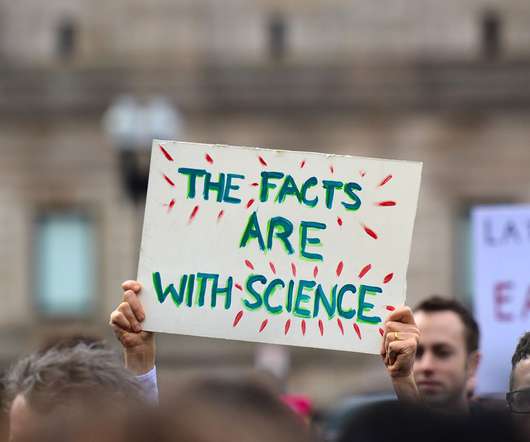
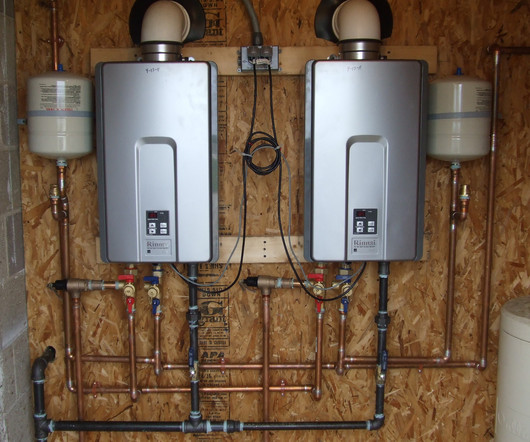




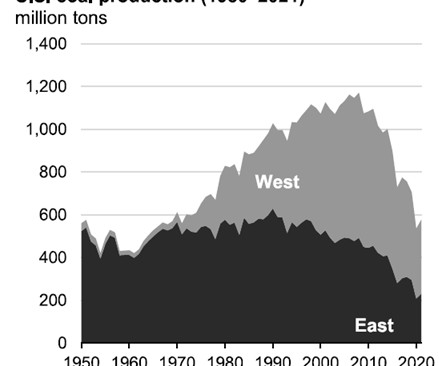



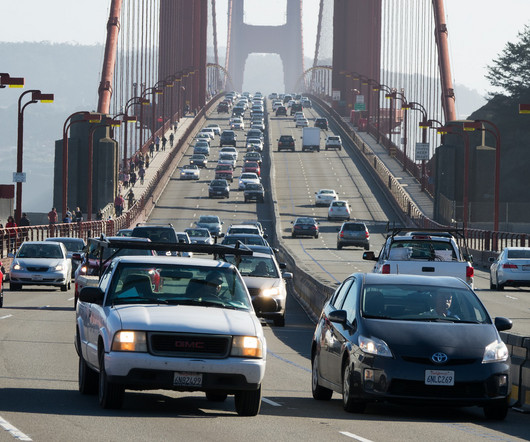





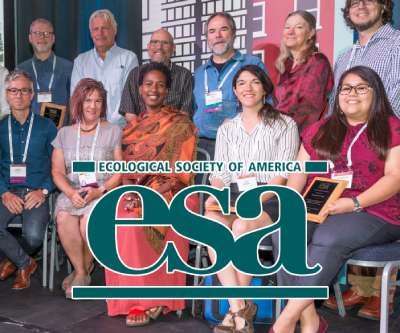






Let's personalize your content